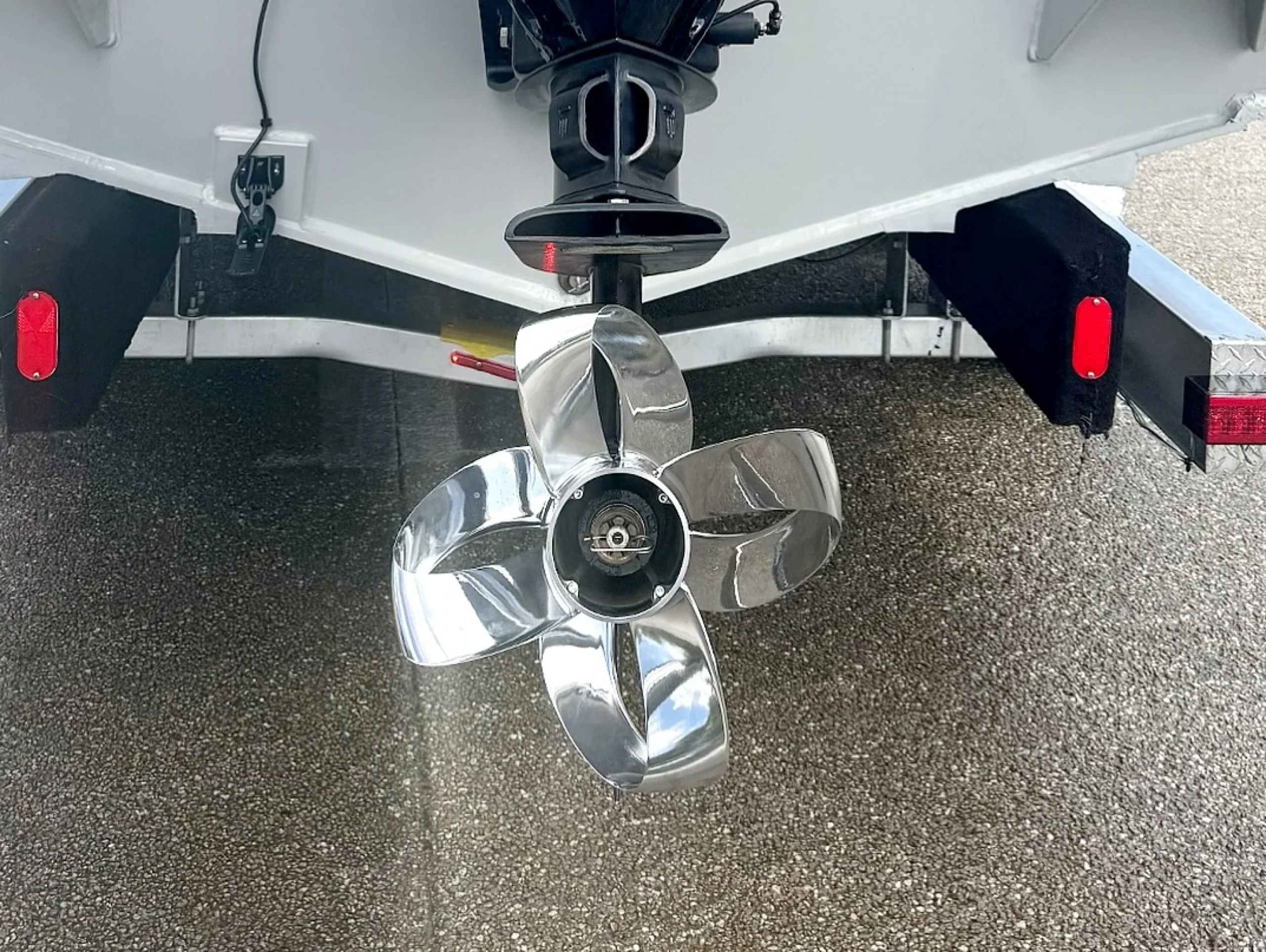Since the age of steamships, propellers haven’t changed much. Same basic shape. Same basic inefficiencies. Until now.
Enter Sharrow Engineering—a Detroit-based disruptor with a bold claim: they’ve reinvented the propeller. Not tweaked. Not optimized. Reinvented.
Their invention? A hypnotic, closed-loop design that looks more like modern art than marine hardware. But this loopy shape isn’t just for show—it eliminates the drag-inducing tip vortices that have plagued traditional propellers since the 1830s. The result? Up to 30% more fuel efficiency, drastically reduced noise and vibration, and handling so smooth it feels like piloting a completely different vessel.
Now, in 2025, Sharrow is going big. After unveiling several breakthrough designs last year, they’ve moved their production operations into a massive 60,000-square-foot facility in Detroit’s Eastland Commerce Center. With this upgrade, they’re ramping up to churn out 2,000 units a month, targeting not only weekend boaters, but also commercial fleets and government applications.
And this is just phase one.
While the new factory handles current demand, Sharrow is also building a national network of elite 5-axis CNC machine shops—each one certified for aerospace, defense, and ISO 9001 manufacturing. They’re not just scaling production; they’re laying the foundation for a precision propulsion empire.
But Sharrow’s ambitions don’t stop at the water’s edge.
Their newly launched Sharrow Labs, housed in Detroit’s iconic Michigan Central station, is now a full-fledged innovation engine. From marine to aerospace, wind energy to military tech, they’re applying the same rethink-everything philosophy to entire sectors of mobility and power.
Remember when Tesla turned the car into a software platform? Sharrow is doing something equally radical—starting with the propeller.
What used to be a mundane hunk of metal has become a high-performance, high-precision breakthrough—one with the potential to reshape how we move across water, through air, and beyond.
This isn’t just about smoother boat rides. It’s a signal: old mechanics are being reimagined for a faster, quieter, more efficient future. And it all starts with a loop.


